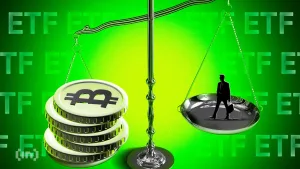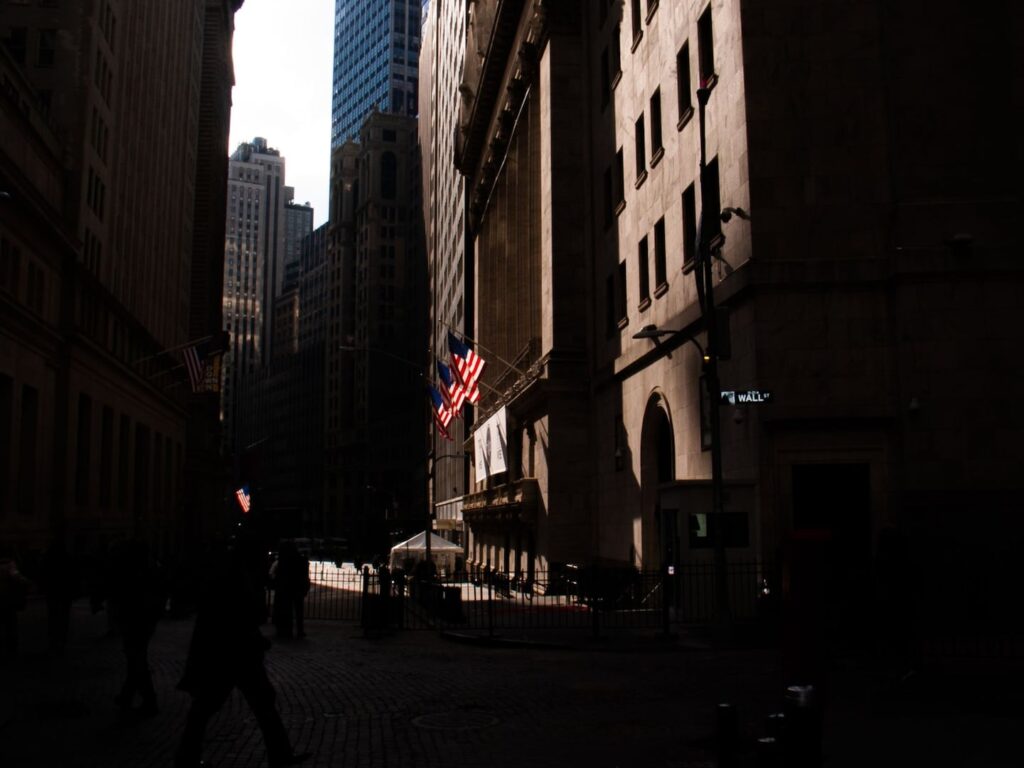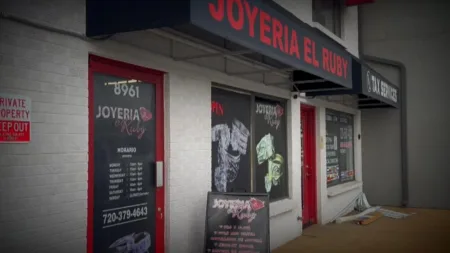“The Major Myth: How American Organization Taught Us to Loathe Authorities and Adore the Free of charge Market” is a new guide by Harvard and California Institute of Know-how professors Naomi Oreskes and Erik M. Conway. The e book tells the interesting story of how Us residents came to equate the principle of liberty with a in close proximity to-religious belief in the absolutely free market place. The “Freedom tripod,” which positions free of charge organization, together with civil liberties and democracy, as “one of the 3 wonderful elements” of the American way of lifestyle, was an creation of the company foyer, accompanied by hatred of any authorities involvement.
However, as Oreskes and Conway point out, the phrases “free enterprise” do not seem in possibly the Declaration of Independence or the Structure. The e book traces the campaign by US business leaders in the 20th century to construct what the authors get in touch with an “intellectually coherent, nevertheless historically and logically deceptive framework” for market place fundamentalism.
The transformation from a federal government-concerned market place in the 19th century to a free of charge current market fundamentalism was a refined and advanced campaign that provided rewriting textbooks, having to pay lecturers to market favourable business enterprise thoughts, and infiltrating preferred society. While the markets have a role in generating facts and allocating methods, we will need a much more practical perspective of in which they triumph and fall short.
Nevertheless, as the reserve progresses, the authors make some superficial rewrites of nicely-recognised record and other omissions that influence their credibility. They blame rampant capitalism for the opioid crisis, disregarding the purpose of a governing administration company, and depart out the operation initiated by Trump’s administration to speed up vaccine manufacturing. The book raises the question of how to consider social costs and decide when the federal government should really act and when not. But as an alternative of trying to reply it, the authors make wide and clichéd statements that the solution to the most important challenges is not way too significantly governing administration, but way too very little.
Also, the e-book does not address the issue of the suitable position of authorities in the current market. The critical dilemma of our time calls for that we do not drop into the entice of addressing the trouble from the other path. The authorities is not the remedy to all our issues, but it is the alternative to numerous of them.
In summary, “The Huge Myth” is an essential and believed-provoking e-book. On the other hand, the authors’ inclination to selectively omit appropriate points, minimizes the credibility of the e-book. Though the reserve highlights how the relentless pursuit of the totally free marketplace has led to the disenfranchising of vulnerable teams, it falls small of featuring concrete alternatives for the readers to utilize.
Resumen de Noticias Blockchain – Reseña | El implacable impulso de las grandes empresas para equiparar el libre mercado con la libertad
En su nuevo libro, «The Major Fantasy», los profesores de Harvard y del Instituto de Tecnología de California, Naomi Oreskes y Erik M. Conway, cuentan la historia de cómo los estadounidenses llegaron a considerar la libertad como una creencia casi religiosa en el libre mercado. El lobby empresarial y grupos de la industria como la Asociación Nacional de Fabricantes lucharon contra cualquier intervención del gobierno, creando un «marco intelectualmente coherente, aunque histórica y lógicamente engañoso, para el fundamentalismo del mercado». A pesar de que los padres filosóficos del mercado libre como Adam Smith y Friedrich Hayek no eran tan dogmáticos, la campaña fue sofisticada y se infiltró en la cultura well-liked y la educación. Los autores defienden la necesidad de una visión más realista de los mercados y reconocer sus límites. Sin embargo, el libro tiene algunas reescrituras superficiales de la historia y afirmaciones amplias y cliché al remaining.






